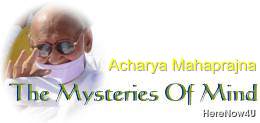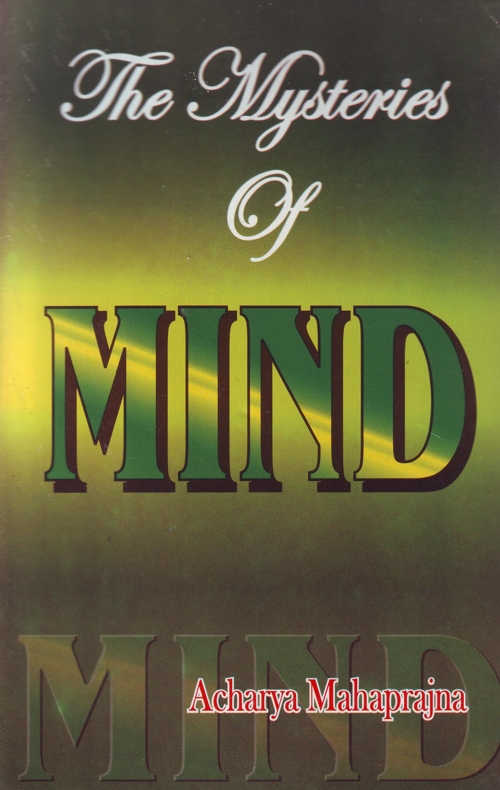
Philosophers have not been able to agree on the existence of that which is too subtle to be known. Is there something beyond that which we are able to contact with the sense-organs? Thus there arose two mutually contradictory views:
- That which is knowable falls within the range of the sense-organs and
- That which is unknowable happens to be outside the range of the sense-organs.
The former is known through the instrumentality of the sense-organ whereas the latter remains unknown because there is no instrument with which it can be known. Philosophers opposed to this view held that what cannot be known with the help of the sense-organs can be known by other means, and therefore, it is wrong to call it unknowable. It can be known only when we do not employ the sense organ to know it. Logical reasoning and arguments will not do in this respect. And yet it is pertinent to ask to as how we can know that which the sense-organs, logical reasoning and arguments fail to grasp. What, then, are the means through which the unknown can become the subject of knowledge? The answer given was that the existence of the hitherto unknown can be accepted on the testimony of those who command super-sensual vision or insight and have, by virtue of this, known the unknown. Such seers have known the truth and we can also know it through what they say.
We are also unable to know all the truths of the physical world through the sense-organs. Physical scientists have invented thousands of delicate and fine instruments, which have enabled us to go beyond gross things and to know things, which are subtle. We cannot look into our bodies, with the help of the physical eyes. Now we have X-Rays, which can penetrate into the depths of the body. X-Rays are also a supersensual instrument which reveals to us the tiniest atoms whirling in the depths of the body.
The human body is a gross entity no doubt, but there live within it wonderfully subtle elements. The human brain is only two percent of the entire human body. There are billions of neurons in this brain. Every one of these neurons is an independent unit. There are billions of cells in the human body. Each of them works in its own way and generates energy. Old cells go on dying and new ones are born every minute. Every cell has in it traces of past experiences. These traces are reflected on the cells by the subtle body. The cells retain the reflections on them.
There is a vast network of knowledge-tissues in the human body. If they were spread out on the earth, they would occupy a space of one lakh square miles. The earth we live on is only twenty five thousand square miles in dimension. The knowledge-tissues occupy four times the Space of the earth. These tissues pass electrical currents.
The structure of the human body is a gross structure. Our knowledge of the human body is limited. We are still unaware of its subtlety. We cannot know the subtle body without a thorough knowledge of the gross body. If we do not know the subtle body, we cannot know the soul. Our aim in sadhana is to arouse our dormant energy and to activate the sources of our physical, mental and spiritual energy. The first thing we have to do is to acquaint ourselves with the subtle body otherwise we will not be able to energies ourselves. In order to know the subtle world we must first know the gross world fully well. We have to pass from the gross to the subtle.
We take the support of breathing while meditating. This is the first step. The journey from the gross to the subtle begins with this step. We breathe in as well as breathe out. By no other means can we come in contact with the somatic and the extra-somatic worlds.
The mind presents a complex problem. It is so subtle that it cannot provide us with any support. As a matter of fact we will have to take care of the mind instead of the mind taking care of us. The mind is like the proverbial boy who tried to catch the lock of hair at the back of his head in his shadow. While he was playing, he saw the shadow of his body before him. He ran after the shadow to catch the lock of the hair. The more he moved towards the shadow, the farther did the shadow go ahead of him. He failed to catch the hair. A man who stood by the boy told him that he would not be able to catch the hair in the shadow in that way. He should put his hand on the back of is head and catch the hair there. The boy did so and saw that his hand had caught the hair in the shadow.
The mind is like the hair in the shadow. The more we try to control it, the more does it evade us. When we try to stop the mental processes, they become more active. The more we try to control them, the more do they go out of control. Thousands of people tried to control the mind but failed to do so. Having failed they gave up the very idea of controlling the mind. Even the psychologists are of the opinion that the mind cannot be stabilized for more than five minutes.
 Acharya Mahaprajna
Acharya Mahaprajna

